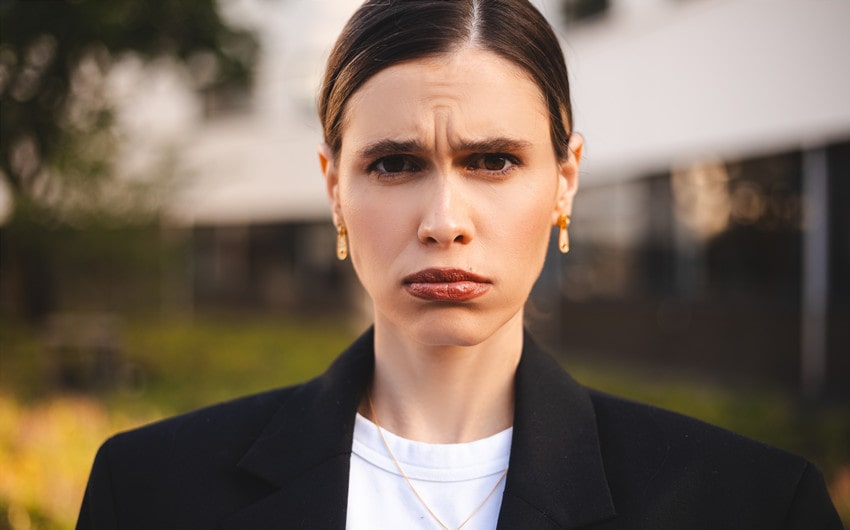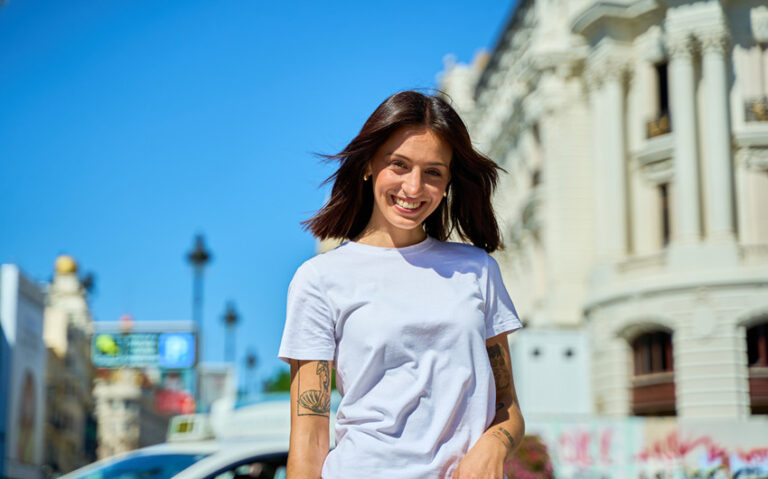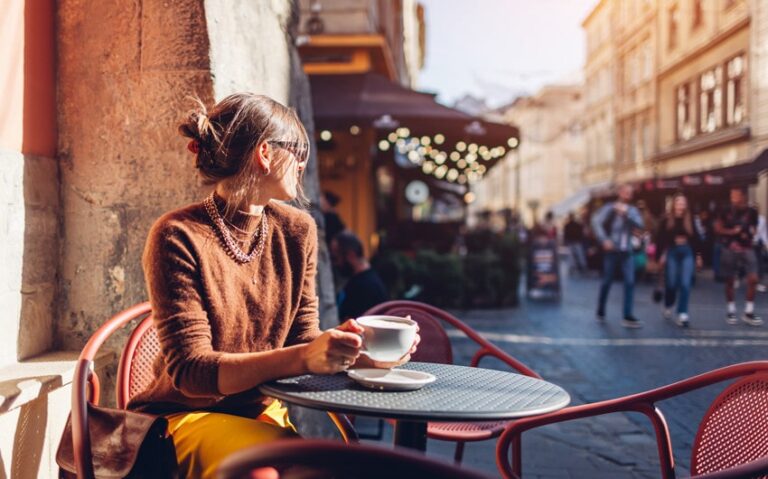Signs of Being Emo: 12 Ways You Might Be Living the Emo Spirit
Being emo isn’t just about wearing black or listening to sad music—it’s a way of experiencing and expressing emotion with raw honesty. Whether you were drawn to emo culture in the 2000s or are discovering it now through aesthetics and playlists, you might wonder: “Am I emo?” These 12 signs go beyond stereotypes and dig into the emotional and creative depth that defines the emo spirit. If these resonate with you, you’re probably more emo than you think.
1. You Feel Things Deeply and Often
If your emotional range is a rollercoaster and you’re not afraid to ride it, that’s a classic emo trait. You might cry over a song lyric, get swept away by a cloudy afternoon, or sit with sadness instead of running from it. Emo people don’t hide from feelings—they explore them. That emotional honesty is at the heart of the entire culture.
This doesn’t mean you’re always sad; it means you allow yourself to feel things intensely. Whether it’s melancholy, heartbreak, or even joy, your emotions are vivid and consuming. Feeling everything all at once can be exhausting—but also beautiful. Emo is about giving those feelings a voice.
2. Your Music Taste Leans Toward the Melancholy
If your playlists are packed with My Chemical Romance, Paramore, The Used, or acoustic confessionals, you might be emo at heart. Emo music is more than a genre—it’s therapy with chords. You gravitate toward lyrics that understand your mood before you’ve even processed it. When the world feels heavy, music becomes your outlet.
Even if your style isn’t overtly emo, your love for emotionally rich music says a lot. You might find yourself crying to a guitar riff or relating way too hard to an old Fall Out Boy lyric. It’s not just sound—it’s validation. The right track at the right time is how you survive hard days.
3. Black Is Your Go-To Color
Black isn’t just a color—it’s a comfort zone. If you reach for black hoodies, skinny jeans, and combat boots without thinking, you might be channeling the emo aesthetic. You feel more like yourself when you’re dressed in darker tones. It’s not about being edgy—it’s about reflecting your internal landscape.
Wearing black helps you feel grounded and protected. Whether or not you pair it with eyeliner or band tees, it signals your vibe to the world. It’s not a uniform—it’s a shield. Emo fashion speaks volumes without needing to explain anything.
4. You Write (or Once Wrote) Introspective Poetry or Lyrics
Journaling, poetry, or songwriting might’ve been your escape when everything felt too much. Emo culture encourages turning pain into art, and writing is one of its core expressions. Whether it was love letters that never got sent or verses scrawled in the back of your notebook, your words were heavy with meaning. They were your truth in raw form.
Even if you’ve outgrown the rhyme schemes and heartbroken metaphors, that part of you still lives in your creative impulse. Emo expression is deeply personal—it’s not about how good it is; it’s about how true it feels. When you write to heal or process, you’re still carrying that emo spirit. Every broken stanza is a step toward understanding yourself.
5. Rainy Days Hit Different
Most people complain about gray skies—meanwhile, you find peace in them. There’s something about the quiet and the melancholy of rainy days that makes you feel more connected to yourself. You might stare out the window with a hoodie pulled tight, lost in thought. For you, overcast weather sets the perfect emotional atmosphere.
This isn’t about being gloomy—it’s about slowing down and sitting with whatever you’re feeling. Rainy days give you permission to retreat inward. Whether you’re curled up with headphones or scribbling into a journal, those days feel like home. That moody stillness is where your emo side breathes best.
6. You Romanticize Sadness (Without Glorifying It)
You don’t chase sadness—but when it arrives, you respect it. There’s a strange beauty in melancholy, and emo people know how to sit with it instead of escaping it. You might find meaning in a lonely walk, a tearful song, or an old photograph. To you, there’s poetry in pain.
This doesn’t mean you’re trying to be miserable—it means you recognize the value in emotional depth. Sadness, for you, is a doorway to something real. Emo culture teaches that vulnerability is strength. When you let your sadness speak, you’re not being dramatic—you’re being honest.
7. You Feel Out of Place in Mainstream Spaces
If loud parties, surface-level small talk, or cheery social media posts make you feel disconnected, you might be emo at heart. You crave realness—not filters. Emo folks often feel like outsiders in spaces built on performance or pretense. You don’t want hype—you want honesty.
This sense of misfit identity doesn’t mean you’re antisocial—it means you value depth over popularity. You want conversations that matter, music that hurts a little, and moments that feel real. Being emo often means living just slightly offbeat from the mainstream rhythm—and that’s okay.
8. You Find Beauty in the Broken
Whether it’s cracked buildings, bittersweet memories, or flawed people, you’re drawn to imperfection. Emo culture isn’t about everything being polished—it’s about seeing beauty in the messy and the damaged. You understand that pain can be part of something beautiful. You don’t flinch from brokenness—you honor it.
This view of the world shapes how you love, create, and connect. You’re not looking for fairy tales—you’re looking for truth, even if it hurts. There’s a certain peace in embracing what others avoid. Being emo means seeing the heart behind the scars.
9. You Use Art to Cope
Whether it’s sketching, painting, photography, or crafting playlists, art has always been your therapy. Emo energy runs strongest when it finds a creative outlet. You might’ve filled notebooks with sketches or curated folders of sad songs for every emotion. Making art helped you make sense of yourself.
This connection between emotion and creation is at the center of emo identity. You don’t just feel—you express. Even if no one sees your art, it still matters. It was never about attention—it was always about understanding what you’re going through.
10. You Have a Love-Hate Relationship with Nostalgia
Memories hit you harder than they hit most people. You find yourself replaying past moments, missing people who are long gone, or holding onto relics of old times. Nostalgia is comforting—but it also aches. Emo people tend to live partially in the past, haunted by what once was.
This doesn’t mean you’re stuck—it means you honor your experiences. The past shaped you, and letting go is hard. Old music, photos, and journals become portals to your younger, softer self. Nostalgia is a constant companion—and you’ve made peace with its bittersweet weight.
11. You Struggle to Explain How You Feel
When someone asks how you’re doing, you pause—because the answer is complicated. Emo personalities often have a rich inner world that’s hard to put into words. You might say “I’m fine” but mean “I’m breaking, but I’m holding it together.” The feelings are there—they’re just hard to translate.
This emotional complexity is part of why music, poetry, or art feel so essential. They speak for you when you can’t. Being emo means you don’t always have a script for your emotions—but you feel them intensely. It’s not about having the right words—it’s about having the right heart.
12. You’re Drawn to Anything That Feels Real
At the end of the day, being emo isn’t about fashion or trends—it’s about craving truth. You don’t want fake smiles or forced positivity. You want raw conversations, honest songs, and moments that actually mean something. You’re not afraid of depth—you chase it.
This desire for authenticity colors everything you do—from how you connect to how you create. You’d rather sit in silence than engage in shallow talk. You feel things others ignore, and you look for soul where others seek flash. That’s what it means to live emo—even if you never call it that.







